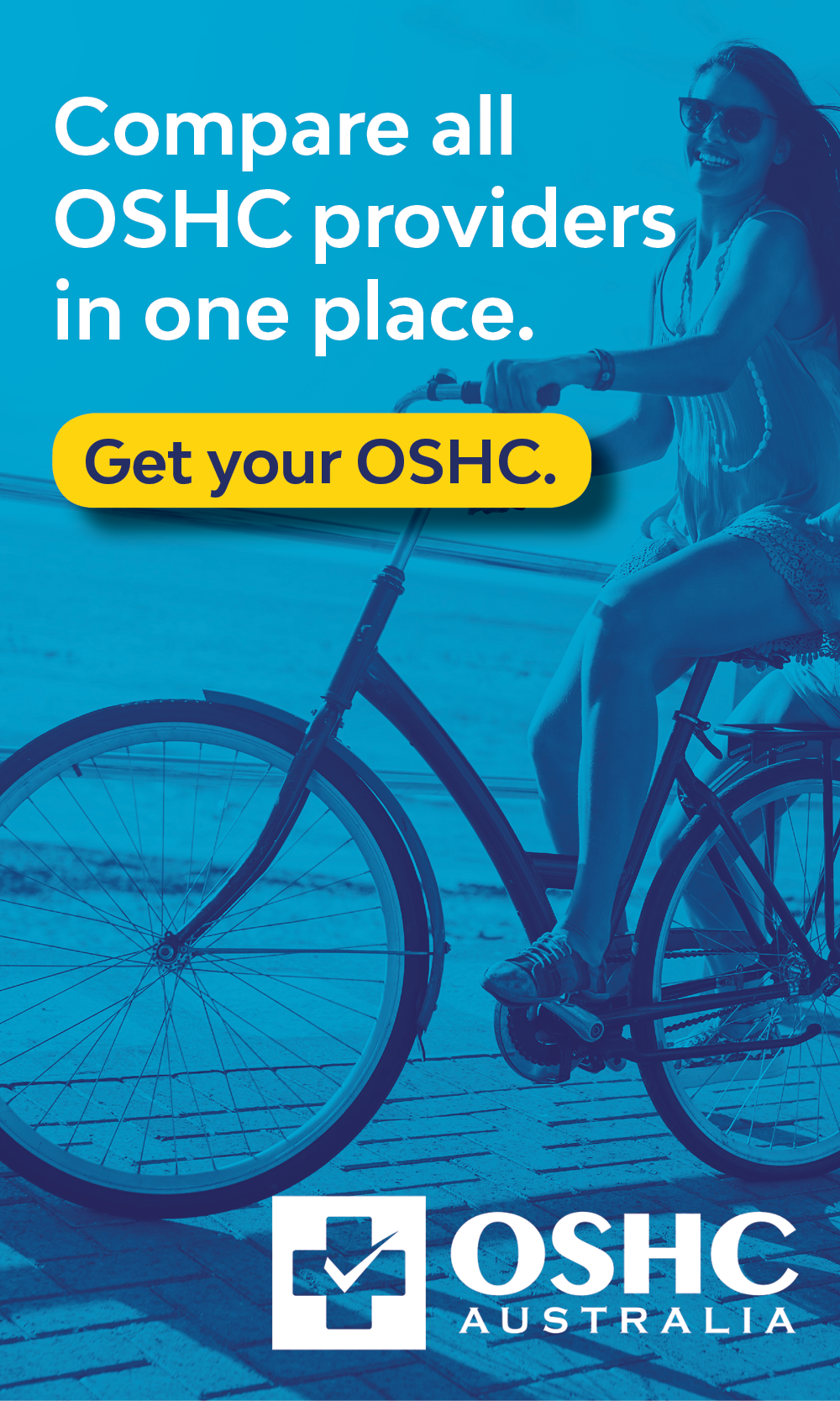Media article published by Study International on 15 May 2018.
Australia has often been crowned the ultimate study abroad destination, largely due to its bustling cities, sunny beaches and ample graduate opportunities.
One of the biggest considerations when deciding where to study is whether you can stay in the country after graduation and as you progress through your course, you’re likely to be giving your prospects some serious thought.
If you’re not ready to wave goodbye to the sunny barbecues and cute kangaroos, Australia does have a post-graduation working visa option that allows you to stay in the country once your student days are over.
The 485 skilled graduate temporary visa
The 485 skilled graduate temporary visa allows students who have recently graduated from an Australian university to temporarily work, travel and study in the region.
The amount of time your visa is valid depends on what level of study you completed in Australia.
You can stay for two years if:
- You completed a Bachelor’s degree
- You completed a Master’s degree
- You completed a Master’s by coursework degree
You can stay for three years if:
- You a studied a Master’s by research
You can stay for four years if:
- You completed a Doctorate degree
If you still ache for Australia come the end of your 485 visa, you have the option to apply for Permanent Residency, allowing you to freely enter and leave the country with no restrictions.
Permanent residency
It’s no secret that scoring permanent residency (PR) in Australia is tough.
The Australian immigration authorities consider PR applications on a points basis. Points are allocated based on:
- Age
- English Language Ability
- Skilled Employment
- Educational Qualifications
- Australian Study Requirements
- Credentialed Community Language Qualifications
- Study in Regional Australia
- Partner Skill Qualifications
- Professional Year in Australia
The country only grants PR to those who can prove they will fill a perceived skills shortage that Australian residents cannot complete.
A list of eligible skill shortage occupations can be found here.
To qualify as filling the skills shortage, you must have three years of industry-relevant experience that will make you more qualified to work in this field than your Australian counterparts.
This three-year experience rule may ruin your chances of scoring PR if you studied a two year Bachelor’s degree and didn’t prepare for your post-graduation life early on, because your post-study working visa only lasts two years, explains Mark Fletcher, CEO of student finance company Cohort Go, when talking to Study International.
“Students really need to be thinking whether they want to apply for PR while they’re a student, and begin working then,” said Fletcher.
If students are considering applying for permanent residency after graduation, they should investigate doing a year industry, or take up part-time holiday work that is relevant to an industry with a skills shortage, Fletcher advises.
“Students should be proactive in finding internships within Australian businesses to show they have good English language proficiency and understand the Australian climate,” he adds.
Working at an Australian business will help indicate that you have mastered the language and show you are committed to improving the Australian economy.
Master’s by research and PhD students will not face this problem as their 485 visa allows them to remain for more than three years. As long as you use this time responsibly, you should be able to obtain enough relevant work experience to qualify for PR.
The optimum age to apply for PR is 25 to 30-year olds, as this age group is worth the most points; 18 to 24-year-olds and 33 to 39-year-olds also earn a lot of points.
If you believe you have fulfilled these criteria, you can take the Australian Skilled Visa Assesment to see if you qualify for PR.




